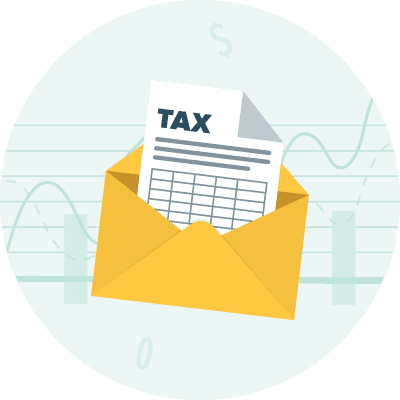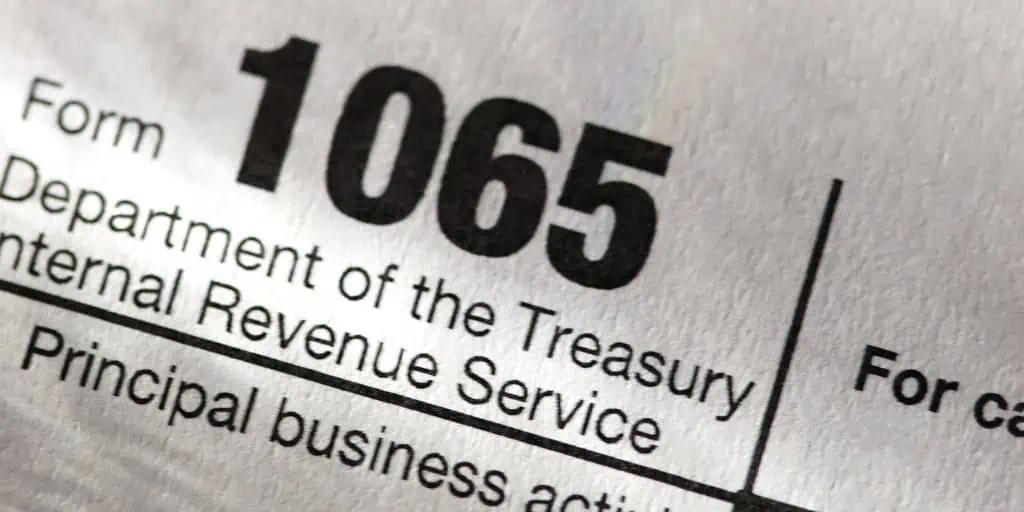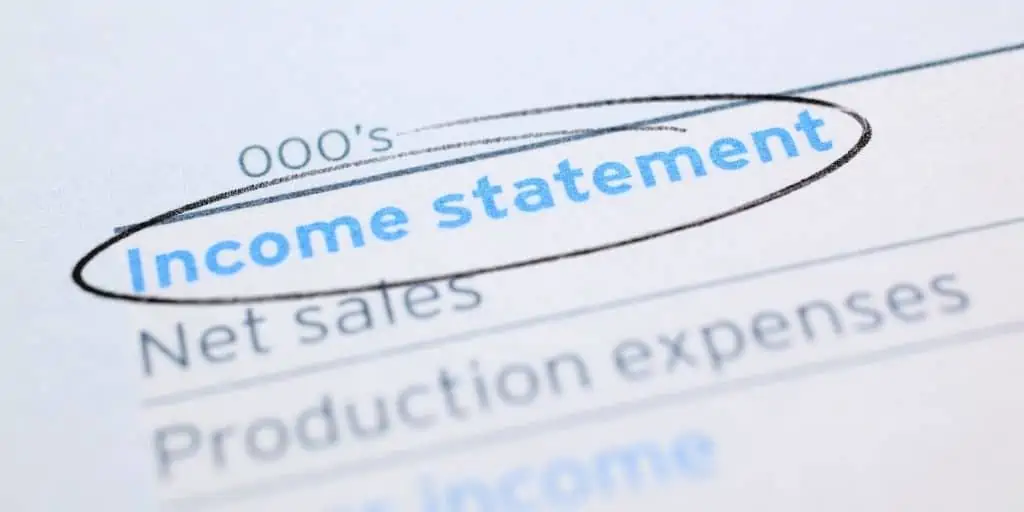What Is Schedule K-1?
REtipster does not provide legal advice. The information in this article can be impacted by many unique variables. Always consult with a qualified legal professional before taking action.
Shortcuts
- Schedule K-1 is a tax form used by certain entities like S corporations, partnerships, and trusts to pass their tax liabilities onto their members.
- These entities furnish their members with Schedule K-1 while preparing Form 1065; in return, members report data on their Schedule K-1 on their individual tax returns.
- Investors, such as real estate investors, receive a Schedule K-1 if they invest in a partnership, a real estate investment trust, or REIT.
- Income reported on a K-1 can either be passive or non-passive, depending on the nature of your engagement with the issuing entity.
An Overview of Schedule K-1
Schedule K-1 (or simply K-1 or K1) is a tax form used by pass-through entities[1] like limited partnerships, S corporations, and trusts. This document reports each member’s share of income, deductions, and credits.
These entities provide their members and partners with Schedule K-1 to prepare IRS Form 1065, the Return on Partnership Income. The members must then report the data on their Schedule K-1 on their individual tax return, IRS Form 1040.
Pass-through entities use Schedule K-1 to distribute tax obligations to individual investors, effectively “passing through” profits and losses directly to them. Essentially, this form allows these entities to place their tax liabilities on their individual members.
However, savvy investors often use these elements to offset other taxable income, reducing their overall tax liability.
Note that Schedule K-1 does not follow a typical “tax year.” Organizations that file Form 1065 typically need to provide Schedule K-1 by the 15th day of the third month[2] following the end of their fiscal year. Therefore, investors may often receive Schedule K-1s for the previous fiscal year well into the current year[3].
Schedule K-1 may appear complicated at first glance. However, breaking it down into its essential parts can simplify it.
What Are the Components of Schedule K-1?
The form is divided into three parts:
- Part I identifies the partnership and partner, including tax identification numbers.
- Part II provides information about the type of partner (general or limited), ownership percentages, and capital contributions.
- Part III outlines the partner’s share of the current year’s income, deductions, credits, and other items.
Note that Schedule K-1 (particularly Part II) is slightly different depending on the type of filing entity. In addition, if the partnership isn’t publicly traded, certain items on Schedule K-1 may reflect differently on the investor’s individual tax return[4].
Schedule K-1 for U.S. Real Estate Investors
Real estate investors involved in real estate partnerships or real estate investment trusts (REITs) usually receive a Schedule K-1 form outlining their share of the partnership’s income or loss[5].
For instance, let’s consider John, who has invested in a partnership that owns several rental properties. At the end of the fiscal year, the partnership sends John a Schedule K-1 outlining his share of the rental income. John must then report this income on his personal tax return.
In another example, consider a real estate investment trust, as mentioned above. The REIT owns a portfolio of properties and earns income from rent and property sales. As a shareholder, you will receive a Schedule K-1 outlining your share of this income. Again, this income must be reported on your personal tax return.
RELATED: REIT: Can It Build Your Portfolio and Generate Wealth?
Managing Schedule K-1 in Real Estate Investing
Managing Schedule K-1 effectively requires understanding the form, its components, and its implications for your tax obligations.
Here are a few tips:
- Track your investments: Keep detailed records of all your real estate investments. This information will be crucial when filling out or understanding your Schedule K-1.
- Consult a tax professional: Given the complexity of Schedule K-1 and tax laws, it’s wise to consult a tax professional who has experience with real estate investing.
- Understand its implications on your business: Different types of income reported on Schedule K-1 are subject to different tax rates. For example, ordinary income is taxed differently than capital gains[6].
Common mistakes to avoid include overlooking Schedule K-1 when filing taxes or misunderstanding the type of income being reported. Resources like the IRS website and professional tax advisors can offer further guidance.
Schedule K-1 FAQs
Here are frequently asked questions about Schedule K-1:
Is Schedule K-1 income considered passive?
Income reported on Schedule K-1 can be either passive or non-passive, depending on the nature of the investment.
If you are a limited partner in a real estate partnership or an investor in a REIT, the income you receive is generally considered passive[7]. This is because you typically aren’t actively involved in managing these investments.
However, the income may be considered non-passive if you are a general partner or actively participate in the partnership’s management.
How does Schedule K-1 affect my taxes?
Schedule K-1 directly affects your personal tax return, as it provides information on your share of a partnership or S corporation’s income, deductions, credits, and losses. This information needs to be reported on your personal tax return, which can influence the amount of tax you owe.
The type of income reported (ordinary income, rental income, capital gains, etc.) can also impact how much tax you pay, as different types of income are subject to different tax rates.
What happens if I don’t receive a Schedule K-1?
If you don’t receive a Schedule K-1 and are a partner in a partnership or a shareholder in an S corporation, it’s important to contact the entity immediately [8].
The IRS requires these entities to provide Schedule K-1 to all partners or shareholders. You need this form to complete your tax return accurately.
Can I file my taxes without my Schedule K-1?
While it’s technically possible to file your taxes without your Schedule K-1, it’s not recommended. Without this document, you may not accurately report your share of income, deductions, credits, or losses from the partnership or S corporation in which you’ve invested[9]. This could lead to mistakes on your tax return and potentially trigger an audit by the IRS.
If you haven’t received your Schedule K-1 by the time you’re ready to file your taxes, you may need to file an extension.
Note that the IRS doesn’t expect you to file a Schedule K-1 yourself, but you need to include all the relevant information on your K-1 to your Form 1040[10].
Is income from Schedule K-1 subject to self-employment tax?
Whether income from Schedule K-1 is subject to self-employment tax depends on the nature of the income and your involvement in the partnership or S corporation[11].
Generally, passive income, such as income from rental properties or investments in an S corporation where you don’t actively participate in the business, isn’t subject to self-employment tax. However, some of your income may be subject to self-employment tax if you’re a general partner or actively involved in the business.
As always, it’s best to consult a tax professional on your situation.
Sources
- Udavant, S. (2022, May 25.) What Is a Pass-Through Entity? The Balance. Retrieved from https://www.thebalancemoney.com/what-is-a-pass-through-entity-5217698
- Zarzycki, N. (2022, December 16.) Schedule K-1 Tax Form for Partnerships: What to Know to File. ed. Hofacker, M., CPA. Bench Accounting. Retrieved from https://bench.co/blog/tax-tips/k1-tax-form/#v5mi-a
- Venkataraman, P. (2019, March 21.) What is a K-1 and How is it Used for Taxes in Private Real Estate? Origin Investments. Retrieved from https://origininvestments.com/k-1-investor-tax-benefits-partnership-distributions/
- Schedule K-1 (Form 1065) – Overview. (n.d.) TaxSlayer Pro. Retrieved from https://support.taxslayerpro.com/hc/en-us/articles/360009304113-Schedule-K-1-Form-1065-Overview
- What Is a K-1 Tax Form? (n.d.) CrowdStreet. Retrieved from https://www.crowdstreet.com/knowledge/k-1-overview
- Tarver, E. (2023, January 12.) Income Tax vs. Capital Gains Tax: Differences. ed. Uradu, L., Schmitt, K. Investopedia. Retrieved from https://www.investopedia.com/ask/answers/052015/what-difference-between-income-tax-and-capital-gains-tax.asp
- Elliott, C. (n.d.) REIT Investing: An Exceptional Passive Income Stream? Listen Money Matters. Retrieved from https://www.listenmoneymatters.com/reit-investing/
- What should I do if I did not receive a Schedule K-1-T or Schedule K-1-P? (n.d.) Illinois Department of Revenue. Retrieved from https://tax.illinois.gov/aboutidor/contactus.html
- Partner’s Instructions for Schedule K-1. (Form 1065). (n.d.) United States Internal Revenue Service. Retrieved from https://www.irs.gov/pub/irs-pdf/i1065sk1.pdf
- Segal, T. (2023, April 30.) Schedule K-1: Partner’s Share of Income, Deductions, Credits, etc. ed. Uradu, L., Schmitt, K. Investopedia. Retrieved from https://www.investopedia.com/ask/answers/09/k-1-tax-form.asp
- Question: Are partners considered employees of a partnership or are they considered self-employed? (n.d.) United States Internal Revenue Service. Retrieved from https://www.irs.gov/faqs/small-business-self-employed-other-business/entities/entities-1










